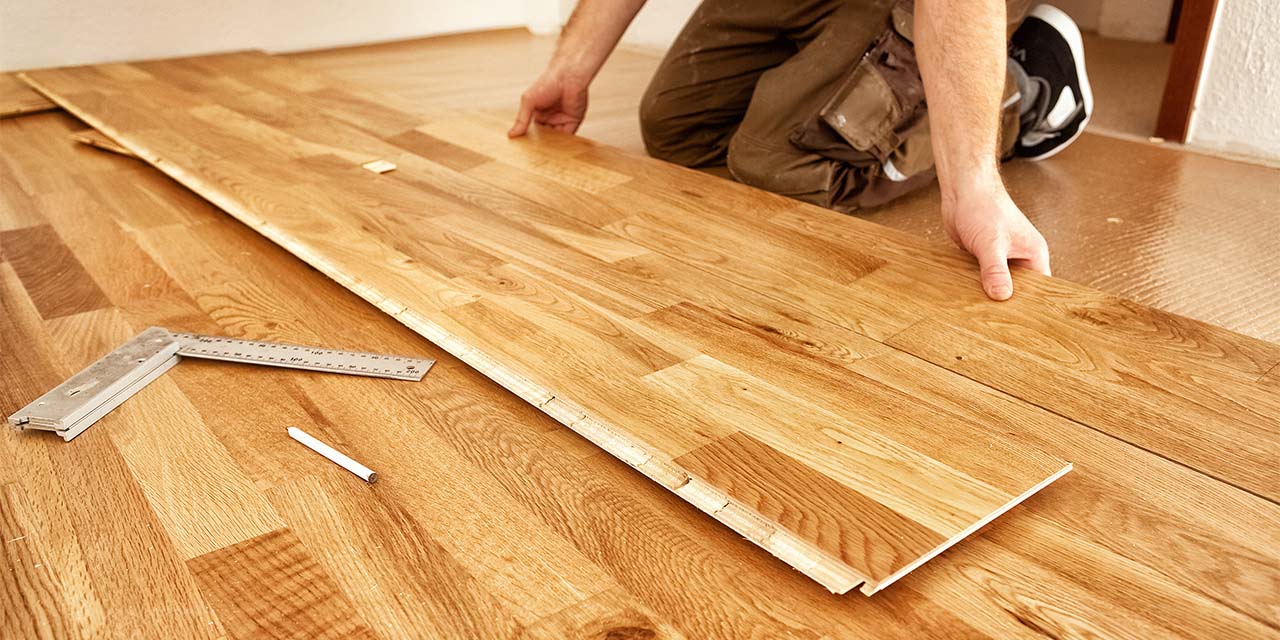Organizational Tips For Your Home’s Chemical Products

Countless amounts of families around the world struggle with household chores. Perhaps the most unenjoyable of them all, however, is cleaning. Every family considers a home to be clean differently. For some, maybe that means a deep clean of all surfaces in the home with disinfectant products. For others, maybe it’s a routine dusting and vacuuming schedule. However your family goes about keeping your home tidy, one thing is for sure: the products that are used should be properly stored at all times. While these products are extremely effective at eliminating unwanted germs around the home, they can also be dangerous to human life if not properly used and stored. Making sure your family is educated regarding the use and storage of these products should be priority number one.
While this doesn’t mean every household cleaning product needs to be under the security of lock and key, some considerations should be made. For example, products that are most frequently used by the entire family can be stored in convenient locations. Products like disinfectant wipes, kitchen and dish soaps, Swifter pads or other related products are generally safe to be stored in the most convenient location your home has to offer. Products that deserve their own designated zones, free from reach of younger children and pets of the family, are things like bleach, toilet and drain cleaners, paint thinner, etc. All products that have niche uses and are particularly hazardous deserve this consideration.
How can you make the distinction between generally safe and particularly hazardous, though? All of the information necessary to discern between safe and hazardous can be found on the label for each of these products. Not only will the label include necessary safety information, it will also offer instructions for safe use and storage as well. Every family is going to be different in what they feel comfortable with, so if your family feels uncomfortable with letting younger members of the family use certain products, store these products separate from the rest of the home’s collection. It’s also worth mentioning that the labels of these products can fade if they’re kept around long enough. In the case of niche products that rarely see use, take note of the use and safety information prior to the label fading.
Perhaps the best way for families to approach household chemical product use and storage is sparsely. Instead of having an abundance of these products lying around the home scattered, reduce the number of products in the home to those frequently used. With the remaining products that have been kept, create designated storage zones throughout the home. Kitchen-related products can be kept nearest the kitchen, perhaps in a storage caddy underneath the kitchen sink. Bathroom-related products can be stored similarly, perhaps on a linen closet shelf just out of reach of the young ones. Whatever makes the most sense for your family is the best course of action.
For additional information on how to properly store your family’s household chemical products, be sure to review the infographic coupled alongside this post.
Author bio: Lynn Place is Vice President of Marketing for SolvChem Custom Packaging Division. She has 30 years of professional experience in the manufacturing industry and specializes in consumer packaged goods, new product development and strategic planning.



